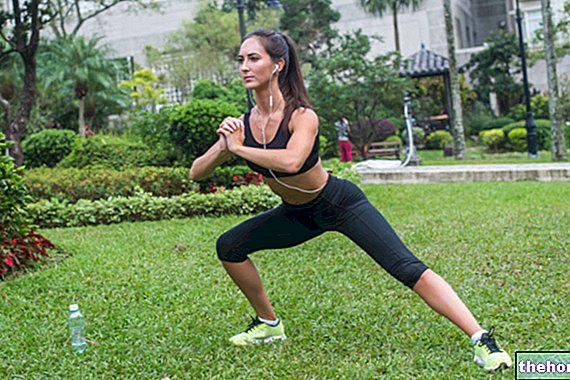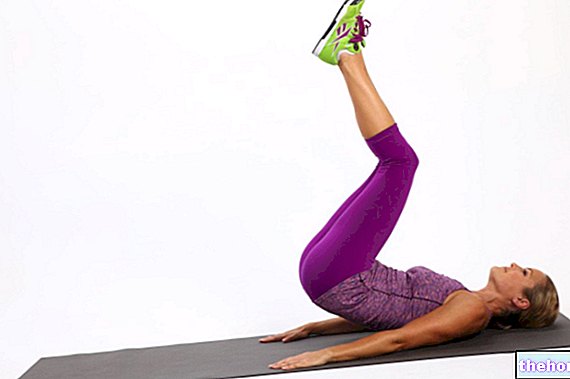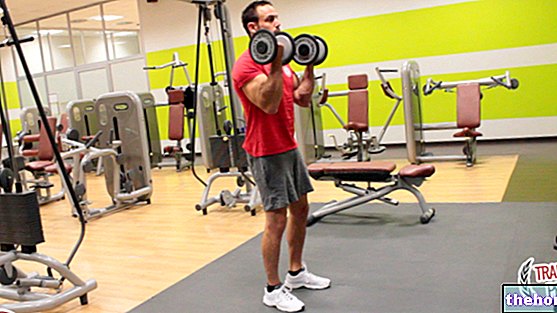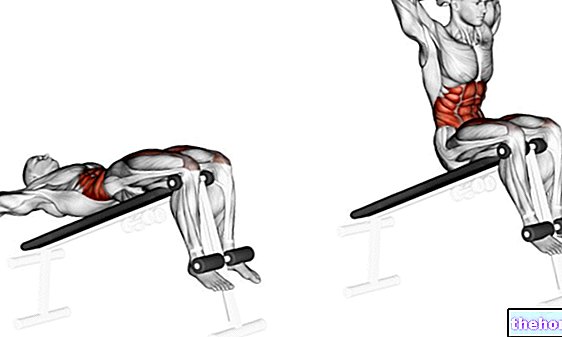Edited by Dr. Massimo Bonazzelli
Synonyms
The barbell front raise exercise is also known as the front raise with barbell, barbell front raise
Type of Exercise
Front barbell raises is a monoarticular / accessory exercise
Variants
- Front raises with dumbbells
Front raises with barbell: Execution
The starting position sees the athlete standing upright with the back in his position of strength, the knees slightly flexed and the distance between the feet equal to or slightly greater than that of the shoulders. The shoulders are not fully extended even if the the arms can still be considered at the sides. The elbows are almost fully extended. The hands grip the barbell with a prone grip and can be at a distance equal to that between the shoulders for a pure flexion movement, or at a distance greater than the one between the shoulders to hybridize flexion with abduction. The execution consists in flexing the shoulders or flexing / adding them, thus lifting the barbell until the humerus comes to lie on the transverse plane. The help of lower limb thrust and excessive hyperextension of the spine is considered cheating. Although this is an exercise that is inserted to train the anterior portion of the deltoid, it is possible to progressively increase the contribution of the lateral portion of the deltoid as the grip widens. The vertical position of the body tends to make the exercise more difficult in the second half of the flexion or flexion / abduction of the shoulder. There is also a variant of sitting on benches at different inclinations of this exercise, to progressively move lower the critical point of the shoulder. movement as the tilt of the bench approaches 180 °. Using the barbell prevents bending of the elbows which in the dumbbell variant is considered cheating.
Muscles involved in the exercise Front raises with a barbell
Group 0
- Anterior deltoid
- Upper bundles of the pectoralis major
- Coracobrachialis
- Brachial biceps
Shoulder flexion
Group 1
- Lateral deltoid
- Supraspinatus
Shoulder abduction (optional)
Group 2
- Inferior bundles of the large thoracic dentate
- Lower bundles of the trapezius
- Intermediate beams of the trapezius
Upper scapular rotation
Function of the stabilizing muscles: Stability of the shoulder, shoulder blade, elbow, grip, torso, hip, knee, ankle and foot




























